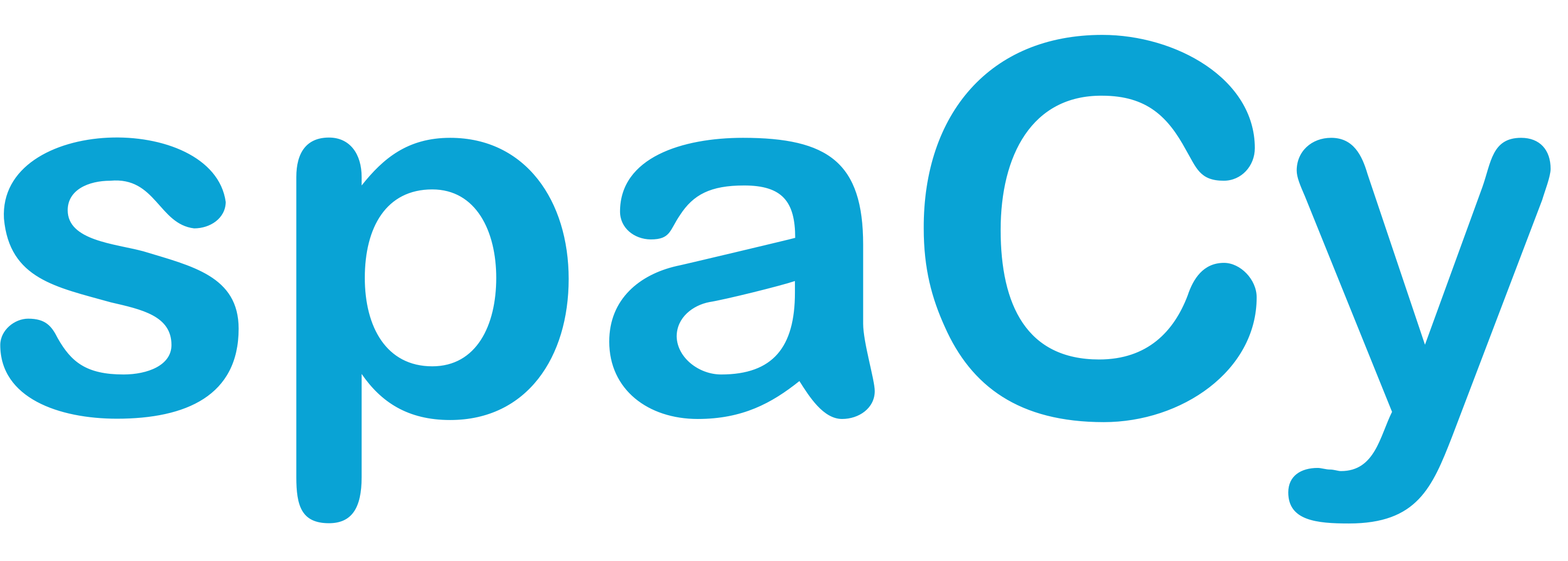If you like our work, please consider supporting us so we can keep doing what we do. And as a current subscriber, enjoy this nice discount!
Also: if you haven’t yet, follow us on Twitter, TikTok, or YouTube!
spaCy is a powerful Natural Language Processing library in Python. It is designed to help you build applications that process and “understand” large volumes of text.
spaCy is not only fast (it's the fastest in the world, according to some benchmarks), but it can also handle huge amounts of text. This is thanks to its efficient algorithms that tokenized, parse and tag textual data.
spaCy comes with a lot of features out of the box:
- Tokenization
- Part-of-speech tagging
- Dependency parsing
- Sentence boundary detection
- Named entity recognition
- Word vectors
spaCy also provides advanced features, such as:
- Text classification
- Information extraction
- Question answering
- Summarization
- Translation
If you're working on a project that requires any of these tasks, spaCy is the library you want to use.
Tech
- Operating system: macOS / OS X · Linux · Windows (Cygwin, MinGW, Visual Studio)
- Python version: Python 3.6+ (only 64 bit)
- Package managers: pip · conda (via
conda-forge)
When should I use spaCy?
- I’m a beginner and just getting started with NLP.
- I want to build an end-to-end production application.
- I want my application to be efficient on GPU and CPU.
- I want to try out different neural network architectures for NLP. –
When should I not use spaCy?
- I want to build a language generation application.
- I want to research machine learning algorithms.
For more details, see the facts, figures and benchmarks.
Do you like our work?
Consider becoming a paying subscriber to support us!










